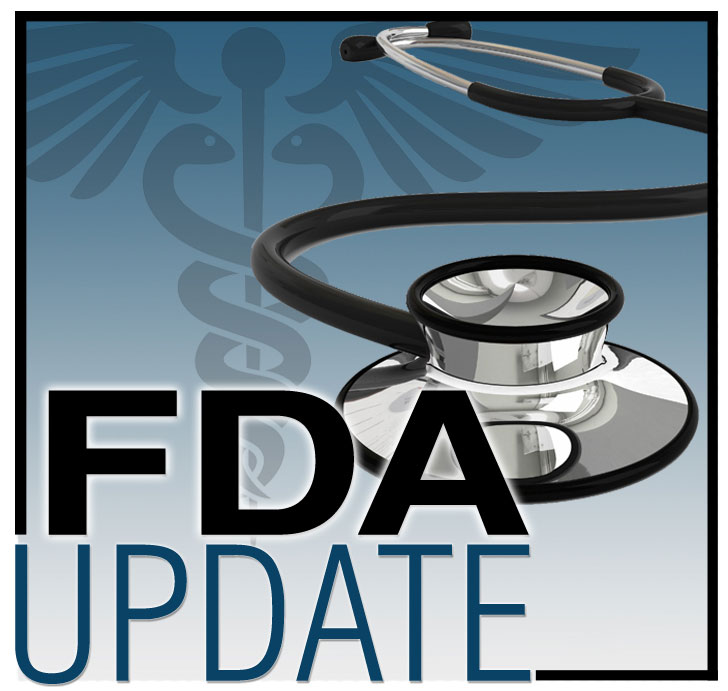On April 23, 2024, the U.S. Food and Drug Administration (FDA) granted accelerated approval to tovorafenib (Ojemda™) for patients aged 6 months and older with relapsed or refractory pediatric low-grade glioma (LGG) harboring a BRAF fusion or rearrangement or BRAF V600 variant.

This represents the first FDA approval of a systemic therapy for the treatment of patients with pediatric LGG with BRAF rearrangements, including fusions.
Efficacy was evaluated in 76 patients enrolled in FIREFLY-1 (NCT04775485), a multicenter, open-label, single-arm trial in patients with relapsed or refractory pediatric LGG harboring an activating BRAF alteration detected by a local laboratory who had received at least one line of prior systemic therapy. Patients were required to have documented evidence of radiographic progression and at least one measurable lesion. Patients with tumors harboring additional activating molecular alterations (e.g., IDH1/2 mutations, FGFR variants) or with a known or suspected diagnosis of neurofibromatosis type 1 were excluded. Patients received tovorafenib based on body surface area (range = 290–476 mg/m2, up to a maximum dose of 600 mg) once weekly until they experienced disease progression or unacceptable toxicity.
The major efficacy outcome measure was overall response rate (ORR), as defined as the proportion of patients with complete response, partial response, or minor response by blinded independent central review based on Response Assessment in Pediatric Neuro-Oncology Low-Grade Glioma criteria. Additional efficacy outcome measures included duration or response (DoR). The ORR was 51% (95% CI = 40, 63) and median DoR was 13.8 months (95% CI =11.3, not estimable).
The most common adverse reactions reported in at least 30% of patients in the drug’s clinical trial were rash, hair color changes, fatigue, viral infection, vomiting, headache, hemorrhage, pyrexia, dry skin, constipation, nausea, dermatitis acneiform, and upper respiratory tract infection. The most common grade 3 or 4 laboratory abnormalities in more than 2% of patients were decreased phosphate, decreased hemoglobin, increased creatinine phosphokinase, increased alanine aminotransferase, decreased albumin, decreased lymphocytes, decreased leukocytes, increased aspartate aminotransferase, decreased potassium, and decreased sodium.
The recommended tovorafenib dose based on body surface area (BSA) is 380 mg/m2 orally once weekly (the maximum recommended dosage is 600 mg orally once weekly) with or without food until patients experience disease progression or intolerable toxicity. Tovorafenib is available as an immediate release tablet or as an oral suspension. A recommended dosage for patients with BSA less than 0.3 m2 has not been established.
View the full prescribing information for tovorafenib.
For its review, FDA used the Assessment Aid, a voluntary submission from the applicant to facilitate the assessment. FDA granted the application accelerated approval based on ORR and DoR. Continued approval may be contingent on verification of clinical benefit in confirmatory trials.
This application was granted priority review, breakthrough designation and orphan drug designation. FDA-expedited programs are described in the Guidance for Industry: Expedited Programs for Serious Conditions—Drugs and Biologics.
Healthcare professionals should report all serious adverse events suspected to be associated with the use of any medicine and device to FDA’s MedWatch Reporting System or by calling 800-FDA-1088.
For assistance with single-patient applications for investigational oncology products, healthcare professionals may contact the Oncology Center of Excellence’s Project Facilitate at 240-402-0004 or email OncProjectFacilitate@fda.hhs.gov.





